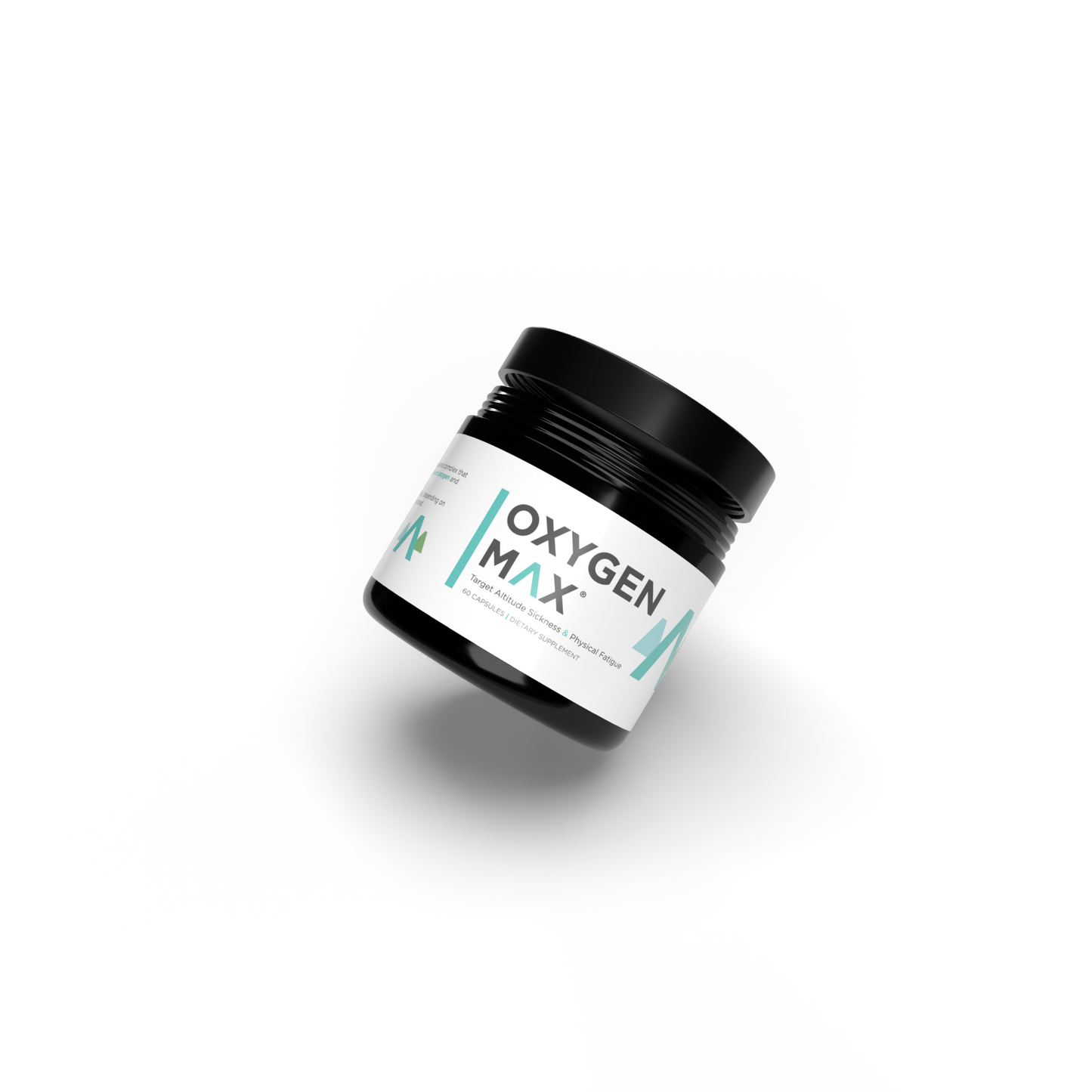Altitude sickness is less common below 5000 feet but becomes more probable at higher elevations. Symptoms can range from mild discomforts like headache, dizziness, nausea, and fatigue to severe conditions such as high-altitude pulmonary edema or cerebral edema, which are even less likely at this altitude.
Steps to Prevent Altitude Sickness
To minimize the risk of altitude sickness and ensure a safe and enjoyable experience at higher elevations, consider the following preventive measures:
- Gradual Acclimatization: Ascend slowly to allow your body to adjust to the altitude changes. This is one of the most effective ways to prevent altitude sickness.
- Stay Hydrated: Dehydration can occur quickly at high altitudes. Ensure you drink enough water to maintain optimal hydration levels.
- Avoid Alcohol and Caffeine: These substances can increase dehydration and worsen the symptoms of altitude sickness.
- Over-the-Counter Pain Relievers: Medications like ibuprofen can help alleviate mild symptoms of altitude sickness.
- Natural Remedies: Consider natural options like Oxygen Max to help acclimate more quickly to high altitudes.
When to Seek Medical Help
If you encounter severe symptoms of altitude sickness, it’s crucial to decrease your altitude rapidly and seek medical assistance immediately. While altitude sickness at 5000 feet is less likely, it’s still possible to experience symptoms. Taking necessary precautions such as gradual acclimatization, staying hydrated, and avoiding certain substances can help prevent this condition. If symptoms persist, do not hesitate to seek medical attention.




